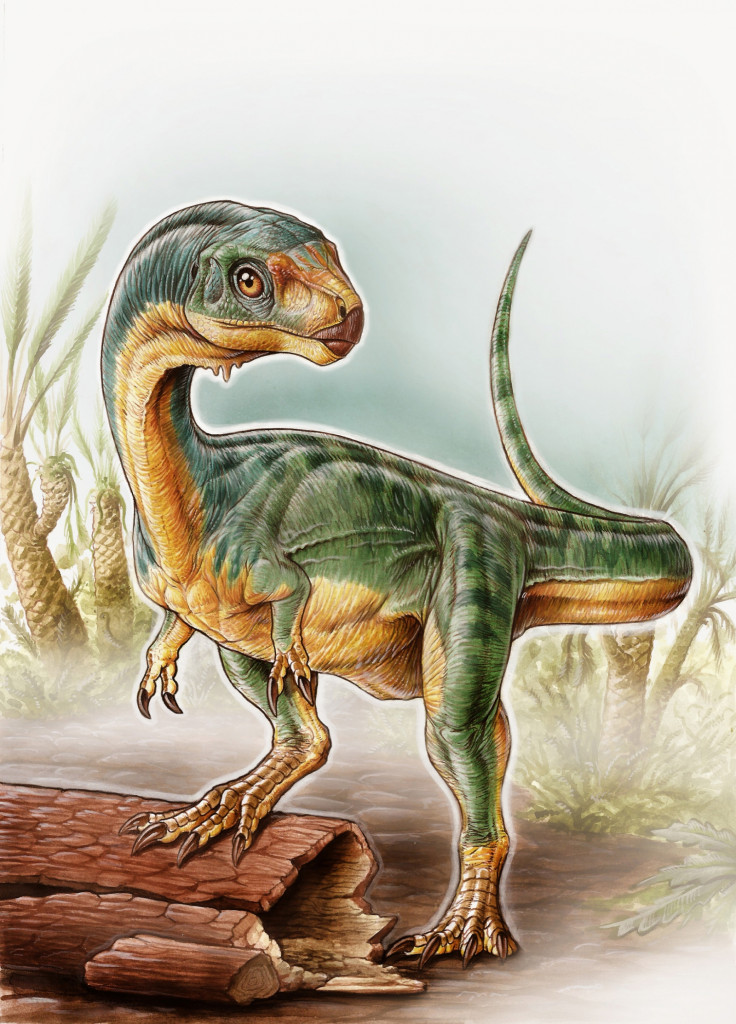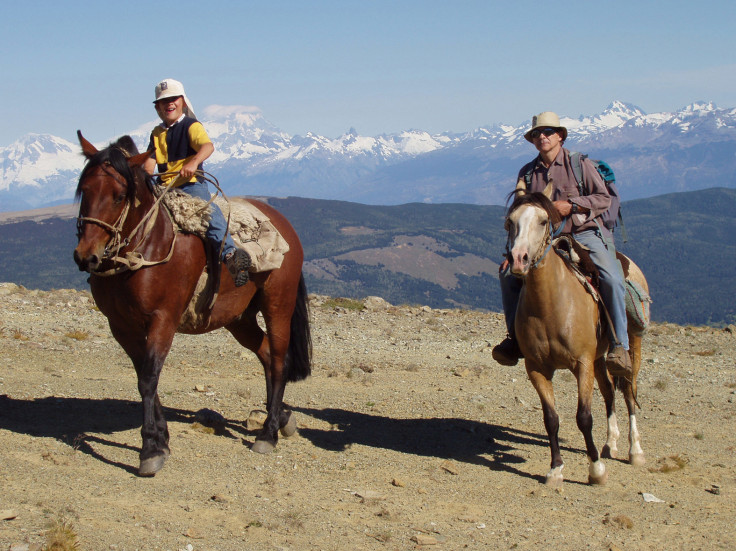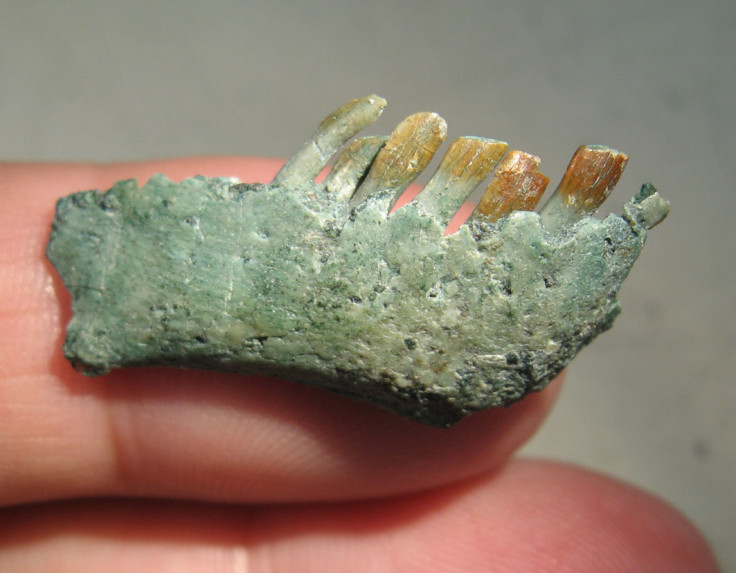T.Rex's weird vegetarian 'platypus' cousin discovered in Chile

The black sheep of some of the most fearsome predatory dinosaur families has been discovered in Chile – a weird vegetarian 'platypus' creature dubbed Chilesaurus.
Chilesaurus diegosuarezi was discovered by a seven-year-old boy at the the Toqui Formation in Aysén, south of Chilean Patagonia.
The boy, Diego Suárez, was with his geologist parents who were studying rocks to better understand the formation of the Andes mountain range. Diego and his sister were looking for decorative stones.
The fossil was found in rocks deposited at the end of the Jurassic period, about 145 million years ago.
Initially, scientists thought the boy had uncovered several different species because of the weird characteristics. However, since then a dozen more Chilesaurus specimens have been uncovered, including four complete skeletons. Experts now believe that Chilesaurus was, by far, the most prevalent dinosaur in south-west Patagonia at this time.

Publishing their findings in the journal Nature, the authors said most specimens were about the size of a turkey, but that the maximum size of Chilesaurus was about three metres in length.
It belonged to the theropod group of dinosaurs, which includes the dinosaurian group – members of which include the famous predators Velociraptor and Tyrannosaurus.
However, unlike its cousins, Chilesaurus had a meat-free diet. Other features show it had forelimbs similar to Allosaurus, with two blunt fingers on its hands. It also had a small skull and feet that were more like primitive long-necked dinosaurs.
The different body parts were adapted to a specific diet and way of life – because of similar habitats, Chilesaurus evolved to have physical features resembling those from other unrelated groups of dinosaurs – a phenomenon known as evolutionary convergence.
Researchers say Chilesaurus represents one of the most extreme cases of convergent evolution ever recorded in the history of life.

Martín Ezcurra, from the University of Birmingham, said: "Chilesaurus can be considered a 'platypus' dinosaur because different parts of its body resemble those of other dinosaur groups due to mosaic convergent evolution.
"In this process, a region or regions of an organism resemble others of unrelated species because of a similar mode of life and evolutionary pressures.
"Chilesaurus shows how much data is still completely unknown about the early diversification of major dinosaur groups. This study will force palaeontologists to take more care in the future in the identification of fragmentary or isolated dinosaur bones. It comes as false relationship evidence may arise because of cases of convergent evolution, such as that present in Chilesaurus."
© Copyright IBTimes 2025. All rights reserved.






















